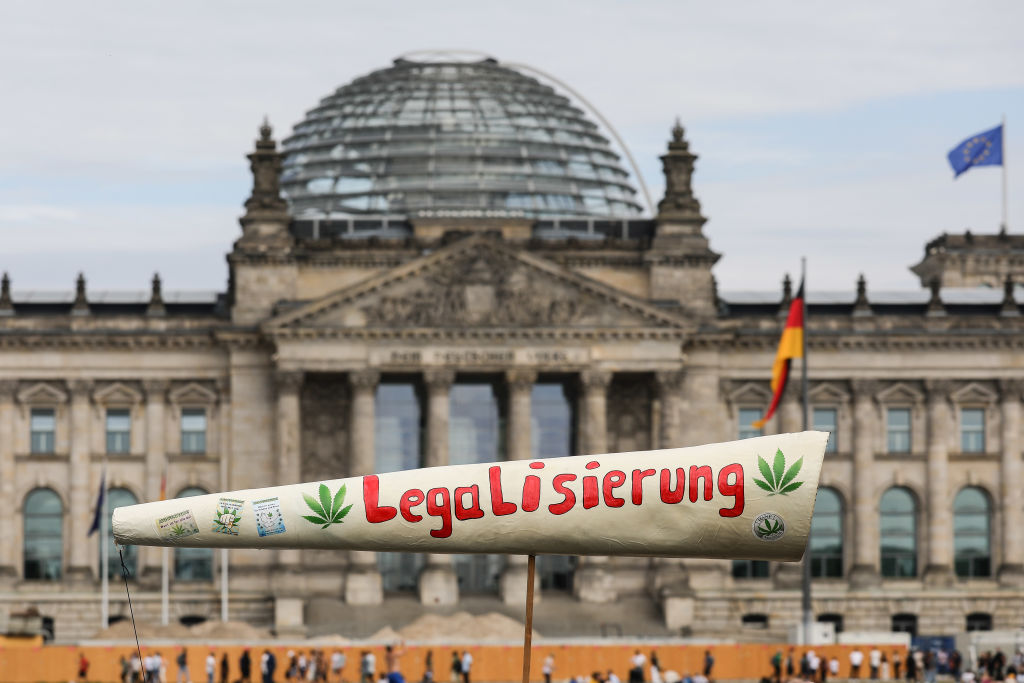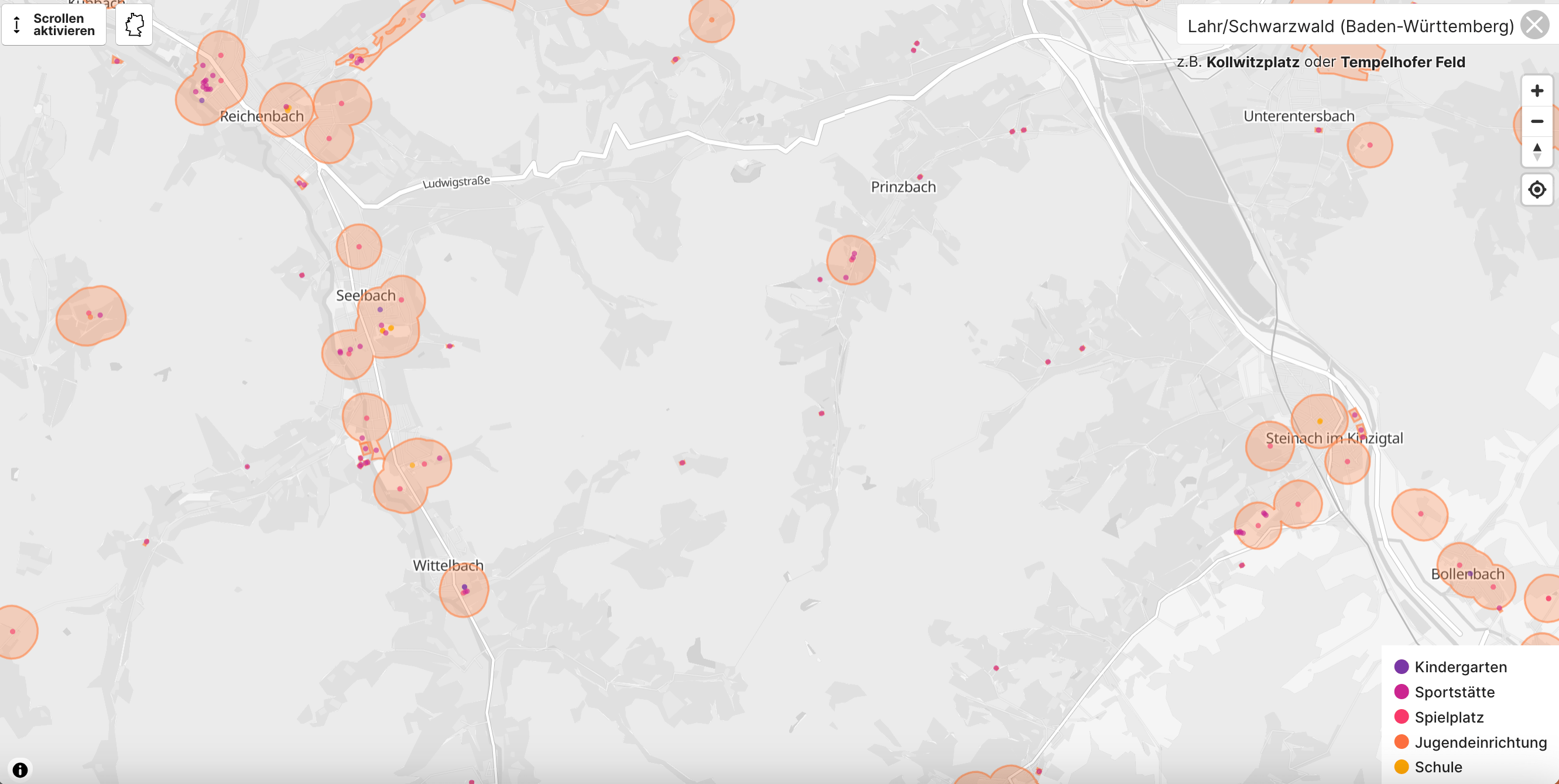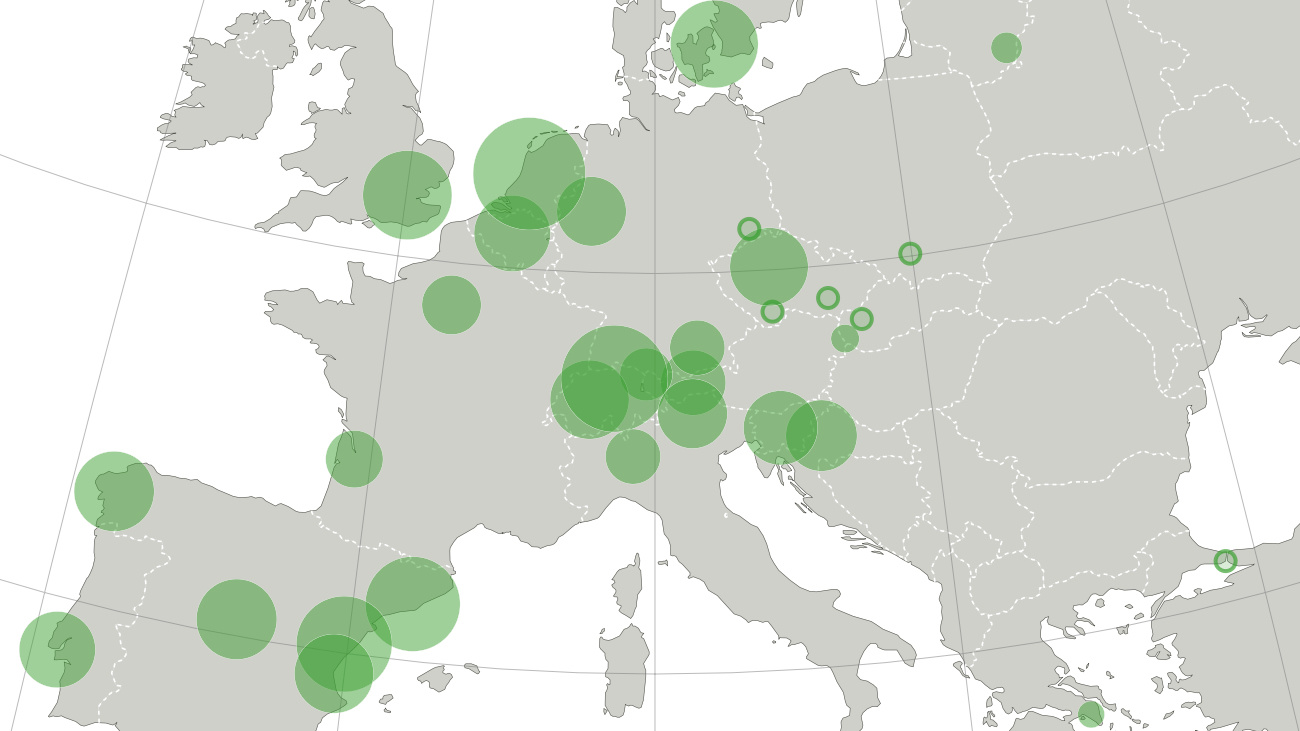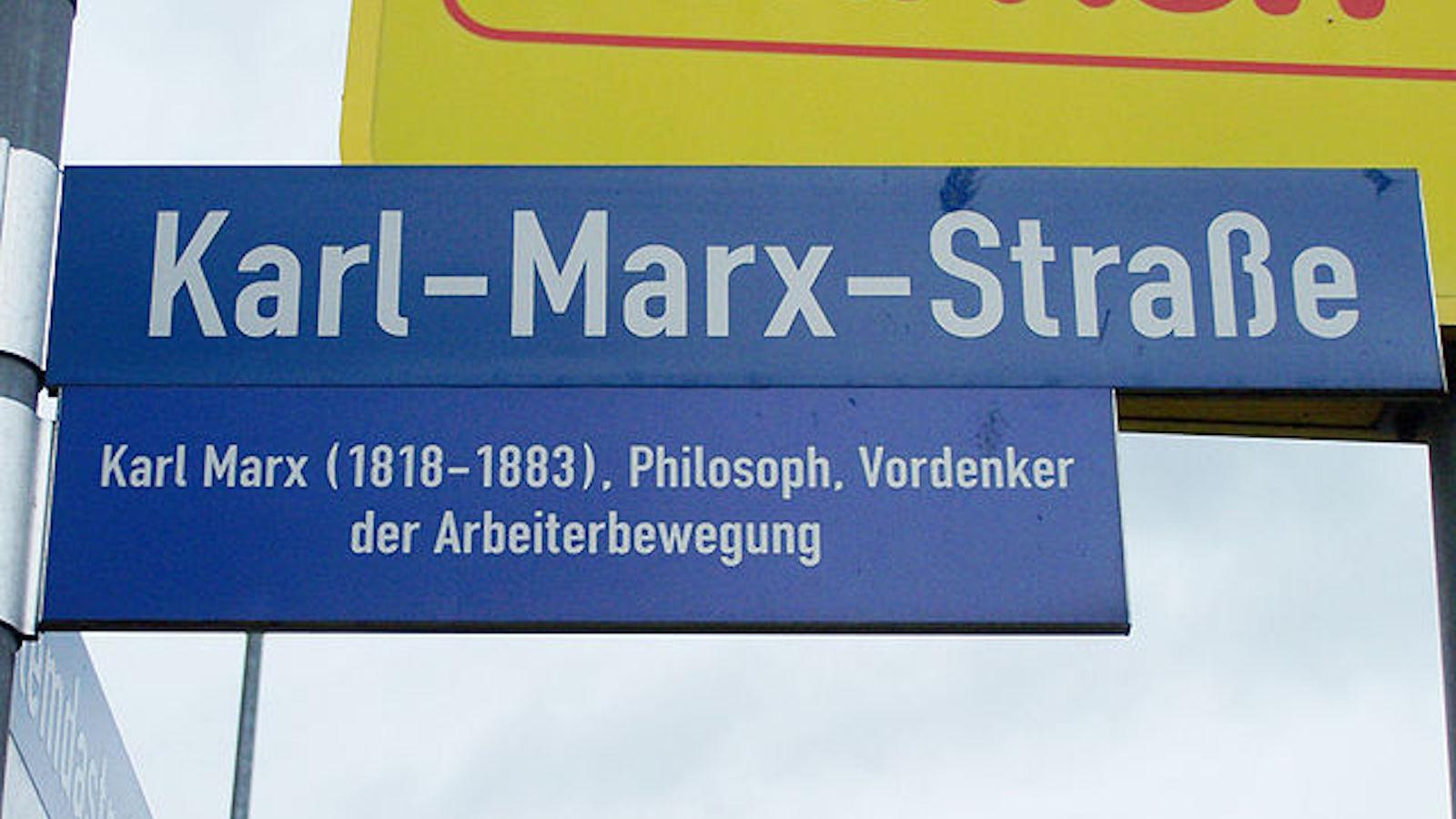Germany to legalize cannabis — but not here, there, or just about anywhere

- Next year, Germany could become the first major European country to legalize cannabis.
- But continued prohibition in so-called youth protection zones will make it difficult in practice.
- As this interactive map shows, smoking a joint will be virtually impossible in city centers.
In 2024, Germany could become the first major European country to legalize the recreational use of cannabis. But just because it will be allowed in theory, doesn’t mean you will be able to light up a joint in practice.
Legal, but mostly in theory
The bill now being prepared for a vote in the Bundestag proposes continued prohibition of cannabis use in so-called Jugendschutzgebiete (“youth protection zones”). These zones often overlap significantly, especially in urban areas. As this map shows, it would be virtually impossible to publicly smoke a joint in central Berlin legally.

When it comes to removing the legal stigma from cannabis use, there is a marked difference between the speed of the process in the U.S. and in Europe. In 1996, California became the first U.S. state to legalize medical marijuana. Medicinal use of cannabis is now legal in 38 states, recreational use has been legalized in 23 states, and an additional eight states have decriminalized it.
Europe is way behind. Even the Netherlands, famous for its tolerance of soft drugs, has never officially decriminalized cannabis. There has been some movement on medicinal use, and various countries have expressed the intent to legalize recreational use. But it was only in 2022 that the diminutive Grand Duchy of Luxembourg became the first country in Europe to actually legalize recreational cannabis.
Where Germany goes, Europe might follow
Germany, which legalized medicinal use in 2017, is now discussing doing the same. Considering Germany’s size and centrality in Europe, that could very well spark a rapid and radical change in cannabis legislation throughout the continent. However, in an attempt to assuage the considerable political and societal opposition to the bill, the proposal actually treads a fine line between prohibition and permission by keeping cannabis strictly off limits and out of reach for anyone under 18 years of age.

It’s often said that the hallmark of a permissive society is one that allows everything that’s not forbidden, while totalitarian societies forbid everything that’s not allowed. The proposed Cannabisgesetz (“cannabis law”) occupies the muddy middle: allowing in theory, while continuing to forbid in practice. Under the current proposal, the consumption of cannabis will remain prohibited (1) in a 200-meter radius around schools, kindergartens, youth centers, and playgrounds; (2) in publicly accessible sports areas; and (3) in pedestrian zones, from 7 am to 8 pm.
Protection zones “cover entire districts”
To give its readers an impression of just how big and restrictive these so-called youth protection zones are, the Berliner Morgenpost created an interactive map, with the center of Berlin as its default setting (see headline image). “Particularly in large cities, the overlap between individual youth protection zones creates large prohibition zones (in orange, Ed.) that can cover entire districts”, the paper writes.

In reality, those zones are even larger than shown here. The paper used OpenStreetMap data to locate schools, kindergartens, youth centers, playgrounds, and public sports grounds. Not included are the pedestrian areas, which are off-limits for Bubatz (German slang for “weed”) from early morning to early evening.
The bill has not been voted on yet, so the prohibition zones aren’t final. As the paper points out, they might still expand to include a 200-meter area around so-called “cannabis clubs,” where users can congregate inside, when these are established.
Ich bin ein Kiffer
If the proposal is approved, “Berlin stoners who want to play it safe will have to relocate to the city’s larger parks, or spots along the Spree River,” writes the paper. “In general, it will be difficult to light up a joint in any of Germany’s city centers — whether in the Ruhr, in Wolfsburg, or in Weimar.”
Legally smoking joints in city centers will require a lot of alertness and a keen sense of orientation — two things stoners are not known for. The safest way to stay on the right side of the (future) law may be to take a toke out in the countryside, far away from any restricted zones, where what is permitted in theory will also be allowed in practice.

Strange Maps #1221
Got a strange map? Let me know at strangemaps@gmail.com.
Follow Strange Maps on Twitter and Facebook.





